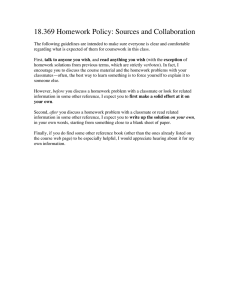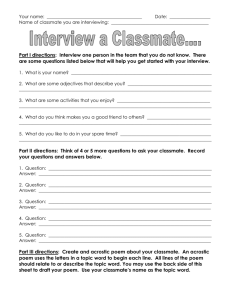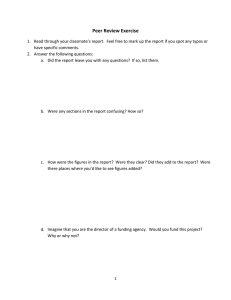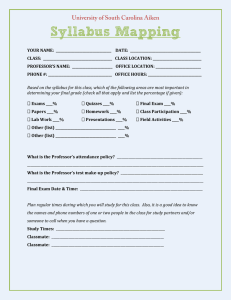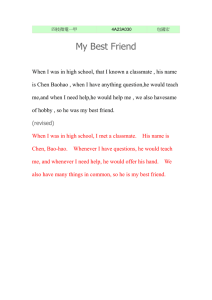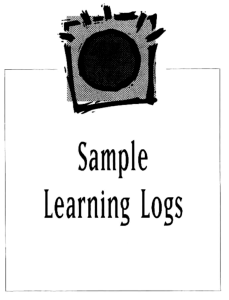Copyright Protection and Permission
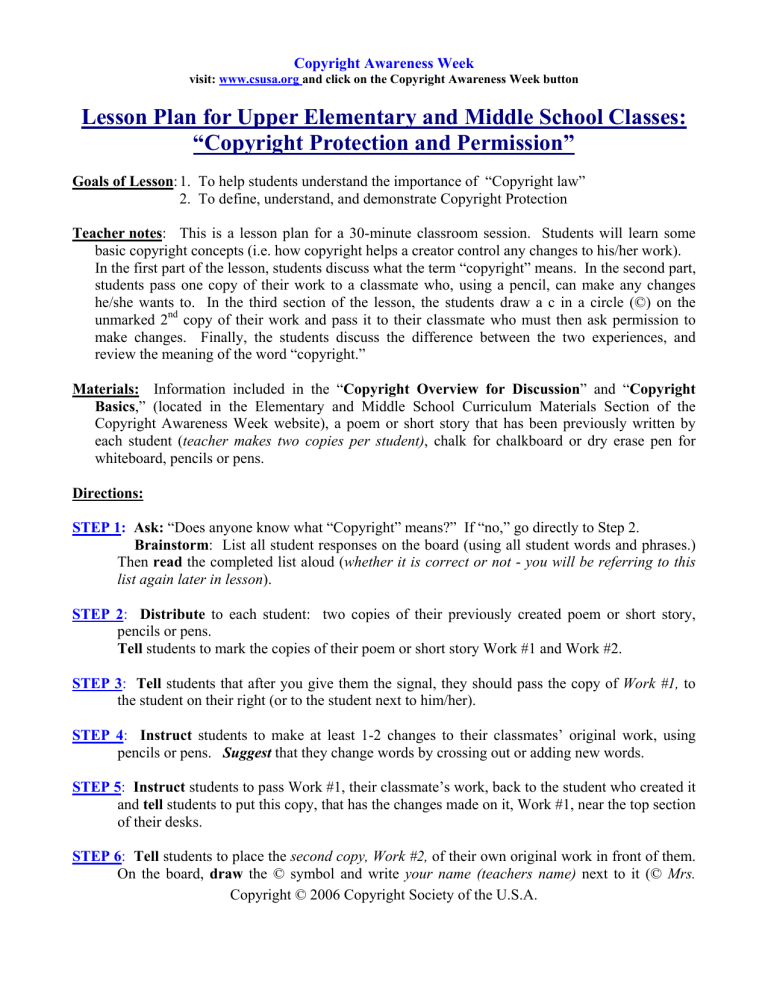
Copyright Awareness Week visit: www.csusa.org and click on the Copyright Awareness Week button
Lesson Plan for Upper Elementary and Middle School Classes:
“Copyright Protection and Permission”
Goals of Lesson : 1. To help students understand the importance of “Copyright law”
2. To define, understand, and demonstrate Copyright Protection
Teacher notes : This is a lesson plan for a 30-minute classroom session. Students will learn some basic copyright concepts (i.e. how copyright helps a creator control any changes to his/her work).
In the first part of the lesson, students discuss what the term “copyright” means. In the second part, students pass one copy of their work to a classmate who, using a pencil, can make any changes he/she wants to. In the third section of the lesson, the students draw a c in a circle (©) on the unmarked 2 nd
copy of their work and pass it to their classmate who must then ask permission to make changes. Finally, the students discuss the difference between the two experiences, and review the meaning of the word “copyright.”
Materials: Information included in the “ Copyright Overview for Discussion ” and “ Copyright
Basics ,” (located in the Elementary and Middle School Curriculum Materials Section of the
Copyright Awareness Week website), a poem or short story that has been previously written by each student ( teacher makes two copies per student) , chalk for chalkboard or dry erase pen for whiteboard, pencils or pens.
Directions:
STEP 1: Ask: “Does anyone know what “Copyright” means?” If “no,” go directly to Step 2.
Brainstorm : List all student responses on the board (using all student words and phrases.)
Then read the completed list aloud ( whether it is correct or not you will be referring to this list again later in lesson ).
STEP 2 : Distribute to each student: two copies of their previously created poem or short story, pencils or pens.
Tell students to mark the copies of their poem or short story Work #1 and Work #2.
STEP 3 : Tell students that after you give them the signal, they should pass the copy of Work #1, to the student on their right (or to the student next to him/her).
STEP 4 : Instruct students to make at least 1-2 changes to their classmates’ original work, using pencils or pens. Suggest that they change words by crossing out or adding new words.
STEP 5 : Instruct students to pass Work #1, their classmate’s work, back to the student who created it and tell students to put this copy, that has the changes made on it, Work #1, near the top section of their desks.
STEP 6 : Tell students to place the second copy, Work #2, of their own original work in front of them.
On the board, draw the © symbol and write your name (teachers name) next to it (© Mrs.
Copyright © 2006 Copyright Society of the U.S.A.
Smith ), as an example. Instruct students to write the © symbol and their own names on the second copy, Work #2, of their original work.
STEP 7 : Explain that the copyright symbol ©, on Work #2, tells people that the work is theirs and that they own the copyright to it. That means no one else can do anything to the work unless they give their own permission.
Discussion:
Ask : Did you know that whenever you write a poem or story or even a paper for your class, you automatically own the “copyright” to it provided you have made a fixed copy of your idea
(fixed meaning putting it on paper)?
Explain : Copyright is a form of protection given to the authors or creators of “original works.”
As the creator, you alone have the right to make copies of your creation, give out copies or make changes to it.
As a result of copyright protection, creative people control what happens to their copyrights including being paid for coming up with all the wonderful songs, shows, books, paintings, photographs, movies, songs, computer games, etc. that we all enjoy!!
STEP 8 : Tell students that this time, after you give them the signal, they will pass the second copy,
Work #2, of their original work, the one that has the © symbol on it, to the classmate on their right (or next to them).
THIS TIME: Their classmate must ask permission to make each change (up to 1-2 changes).
If permission is not given, changes may not be made.
Changes are made only if permission is given.
STEP 9 : Tell students to pass Work #2 back to the creator.
Ask students to describe how it felt when classmate made any changes he/she wanted to on
Work #1, the 1 st
copy, of your original work? Discuss student reactions with class.
STEP 10 : Ask students to compare the two times they passed their original creations to their classmates. Ask questions :
“What changed when you put the © symbol on your original work?”
“How did you feel when your classmate asked your permission to make changes to your work?”
“Did you give permission for changes to be made? Why? Why not? (This decision is up to the creator!)
Discuss that all creators of original works have “ownership and power” over their work.
STEP 11 : Discuss with students: Now that you have learned about the importance of copyright protection of original creative work, you have clear choices :
1. Whether or not to protect your own copyrighted work
2. To respect other people’s rights to protect their own work.
( If there is no student-generated list on the board, defining “Copyright,” move on to Step 12.
) copyright, do we have to add, change or remove any words on the list? If yes, which ones?
Copyright © 2006 Copyright Society of the U.S.A.
STEP 12 : Further discussion time: If students have any questions about copyright and copyright protection.
Review: According to the Copyright Law of the United States :
-No one may copy, change, display or use your work in any way without your permission.
-You have the control over what people can and cannot do with your work.
-All creative people have the right to control what happens to their copyrights including being paid for coming up with all the wonderful songs, shows, books, paintings, computer games, movies, and other original works that we all enjoy.
HOMEWORK EXTENTION :
Ask each student to take their two Works home, and share what they have learned about copyright with their parents. Make sure they show them Work #1, explaining what part of the poem or story was the original creation, and what a neighboring student had changed. Then show them Work #2, and point out what changes the student authorized the neighboring student to make. Students should share their feelings about the various changes, with their parents. They should also show them the © symbol, and what this means. Ask their parents to tell them about similar situations where they experienced changes to their own creative work they may have done, in work or in school. Have the students report orally on what their parents said.
Respect Copyright Protection!
Celebrate Creativity!!!!
Copyright © 2006 Copyright Society of the U.S.A.
